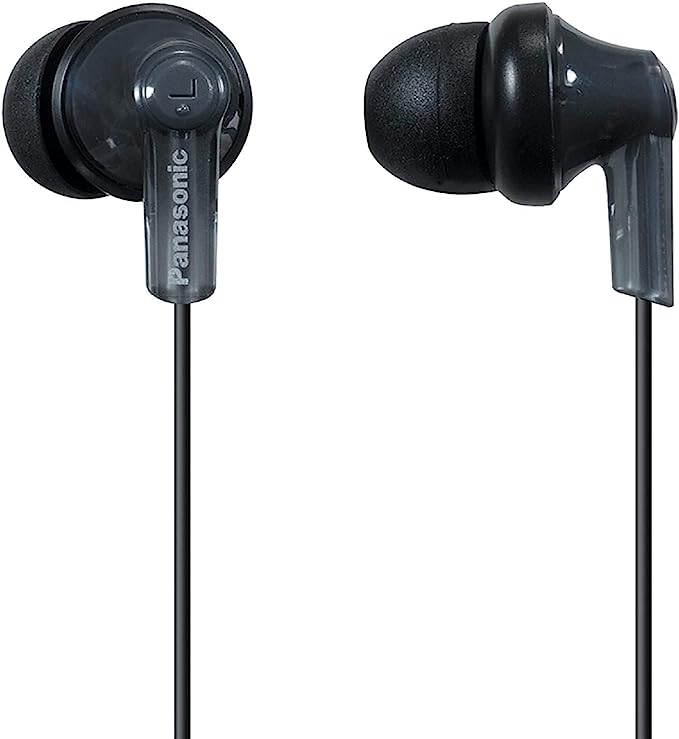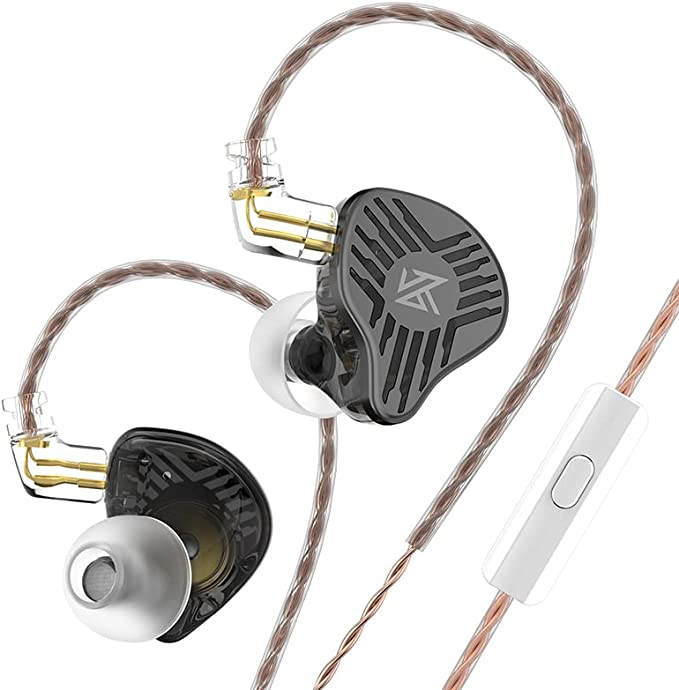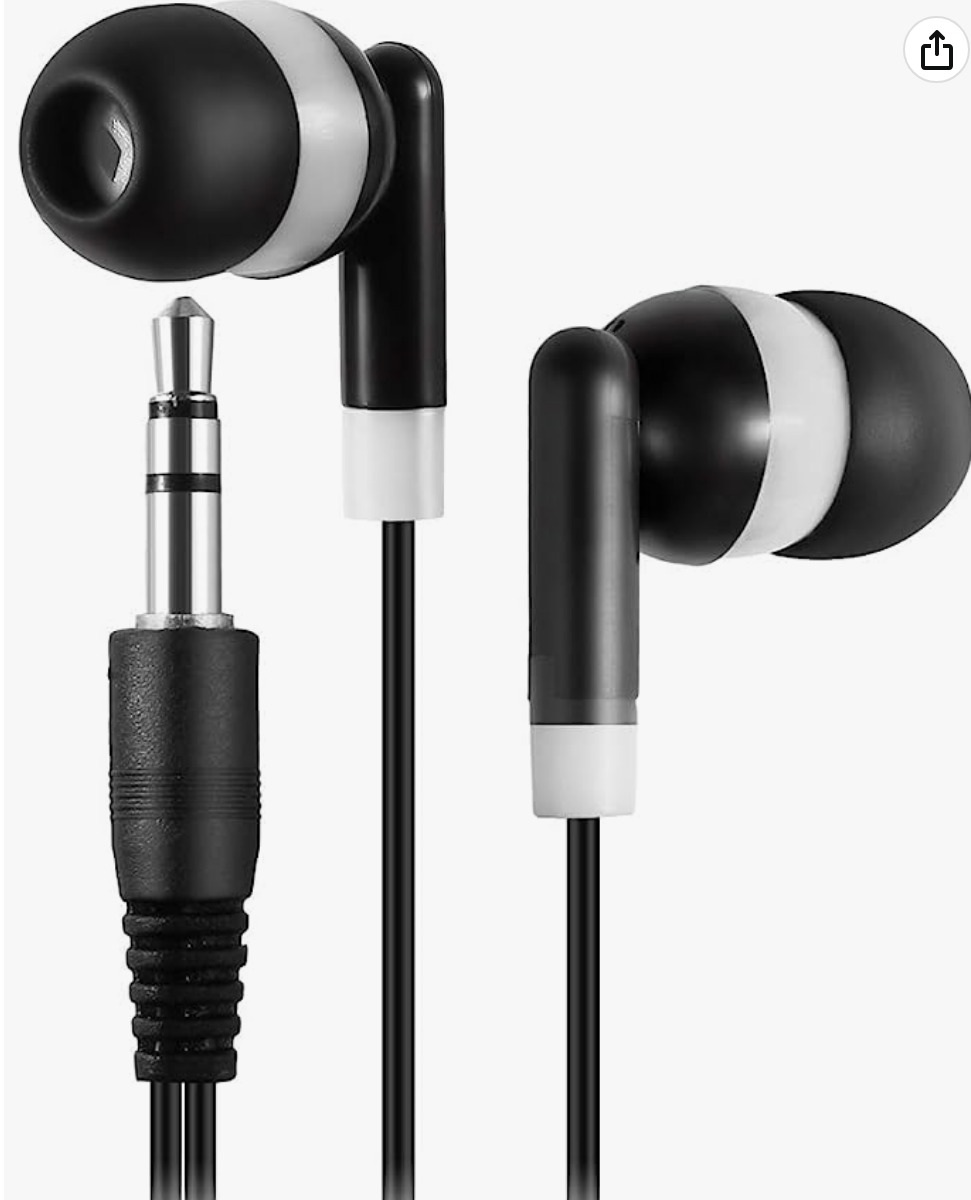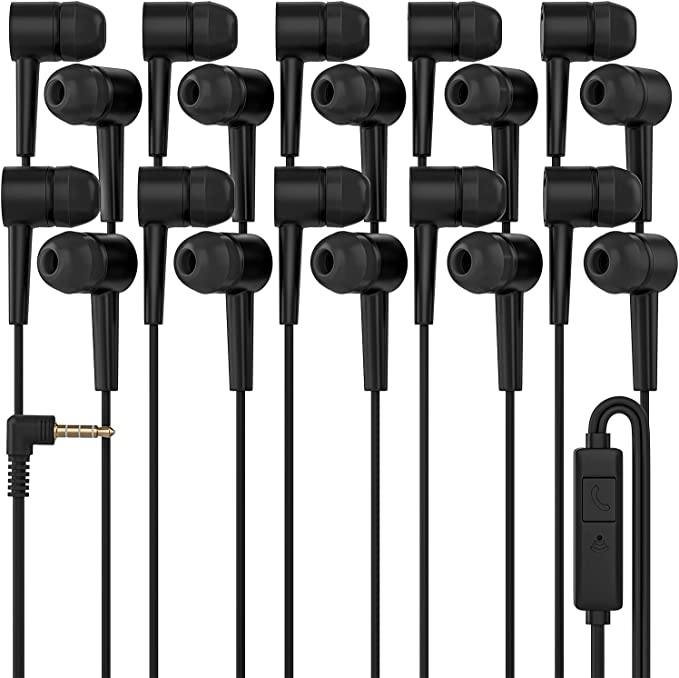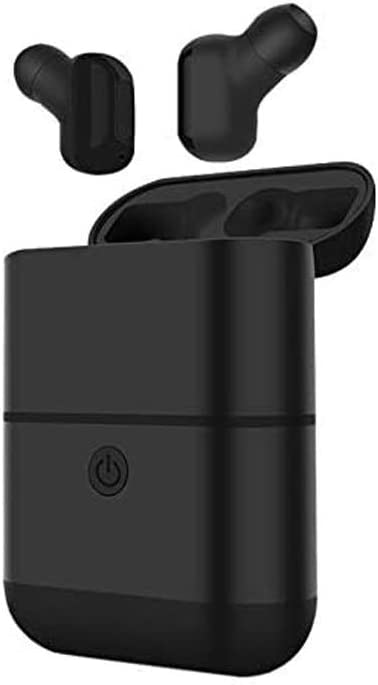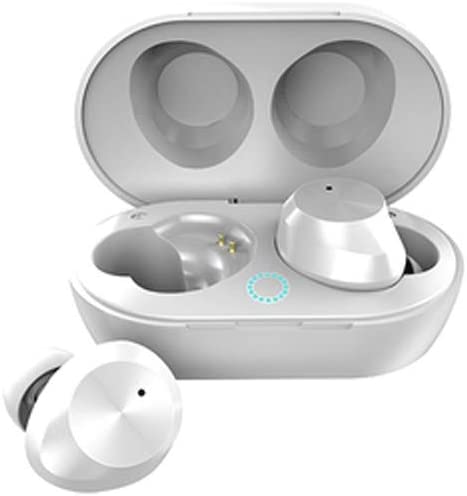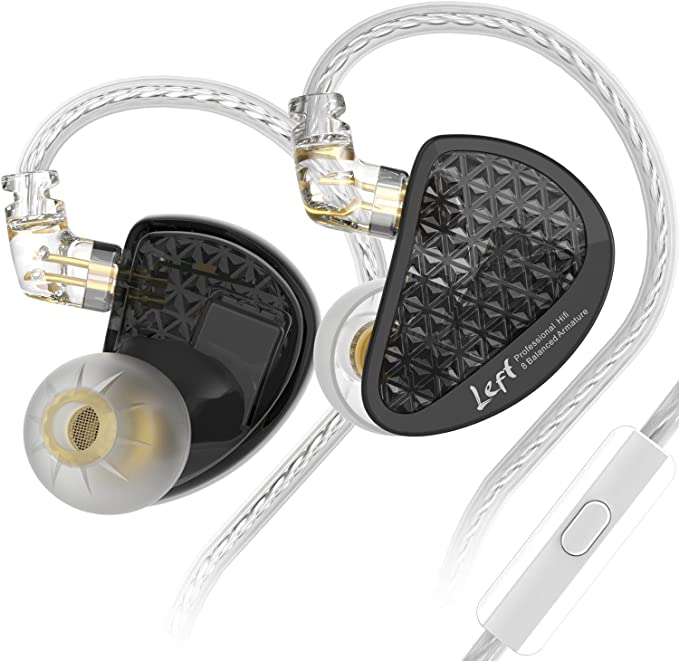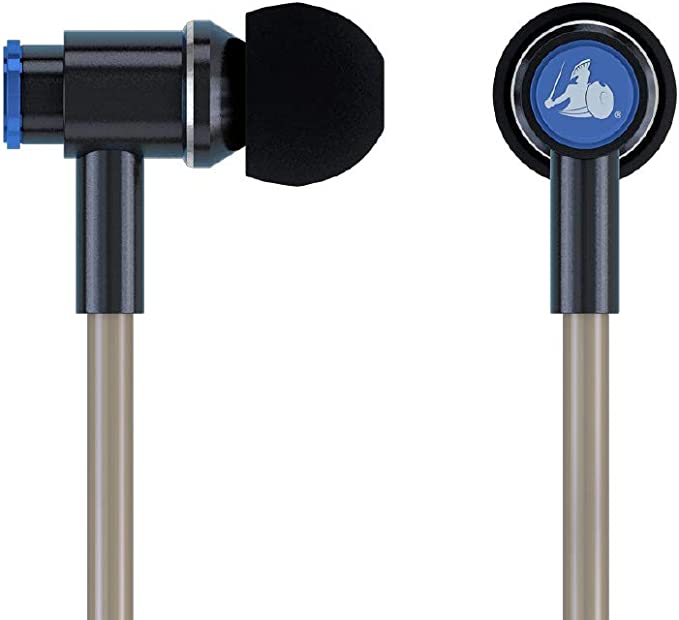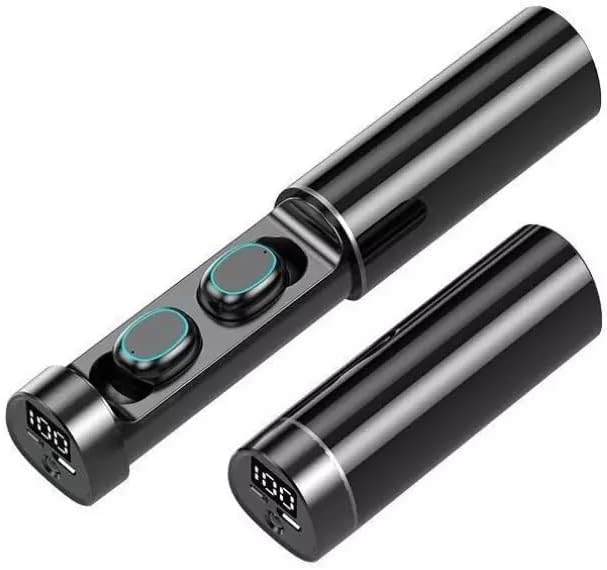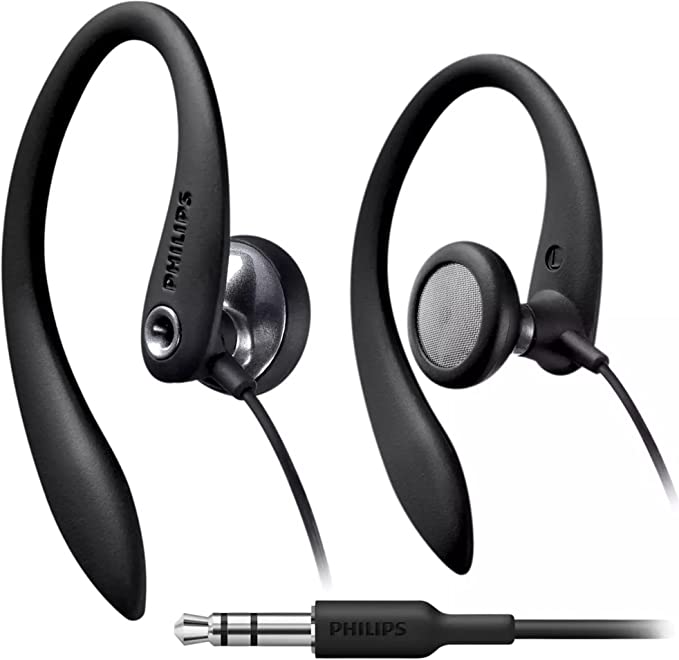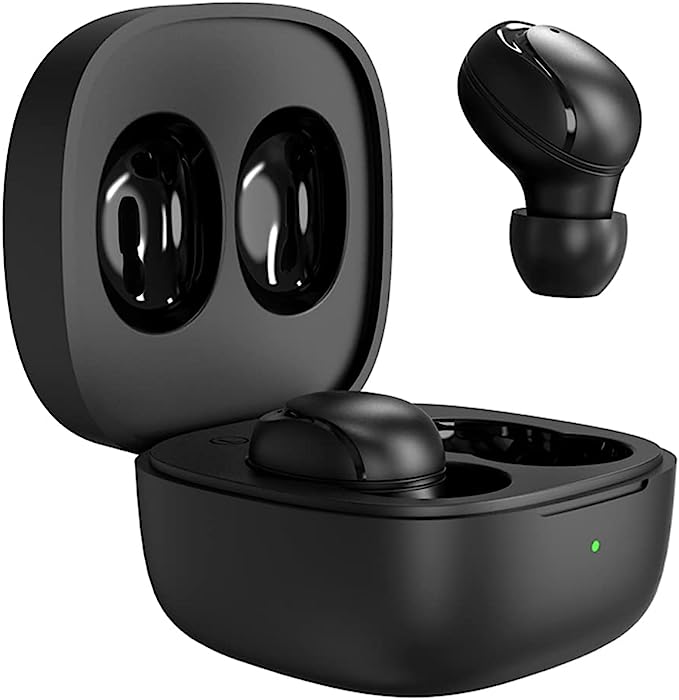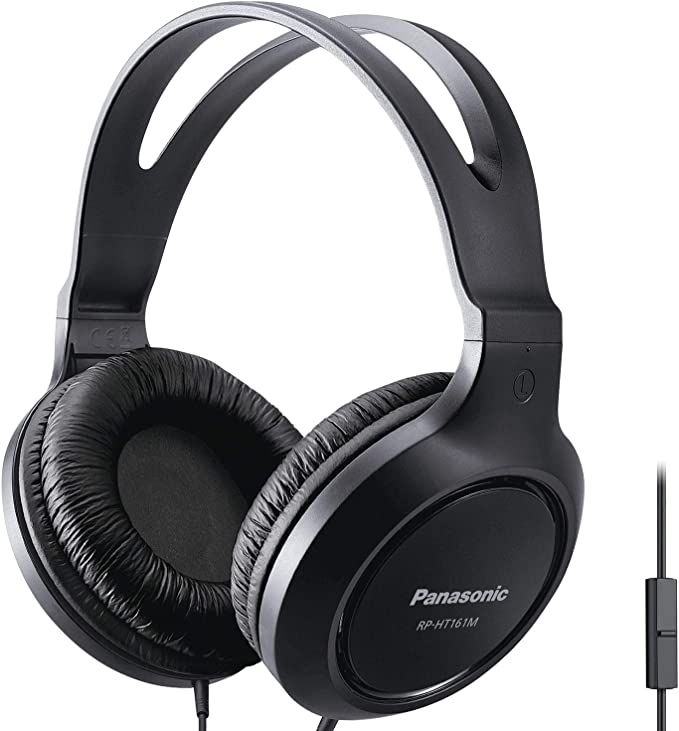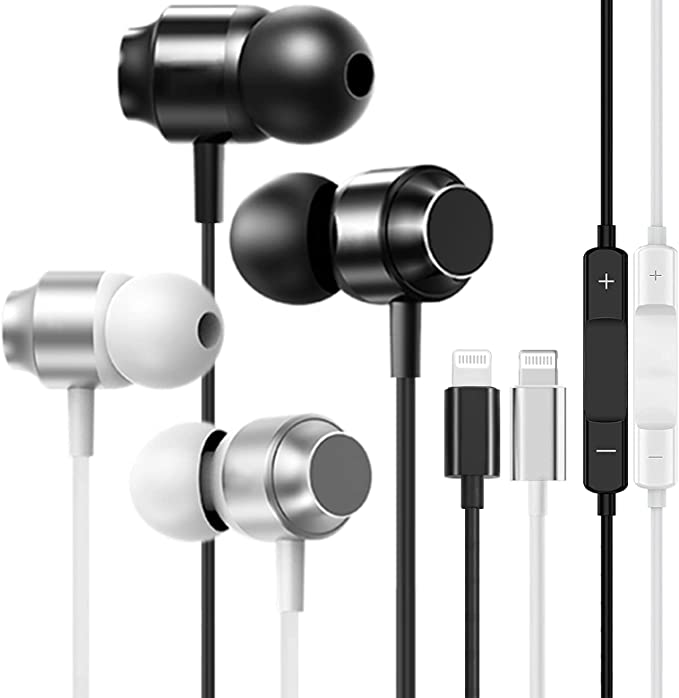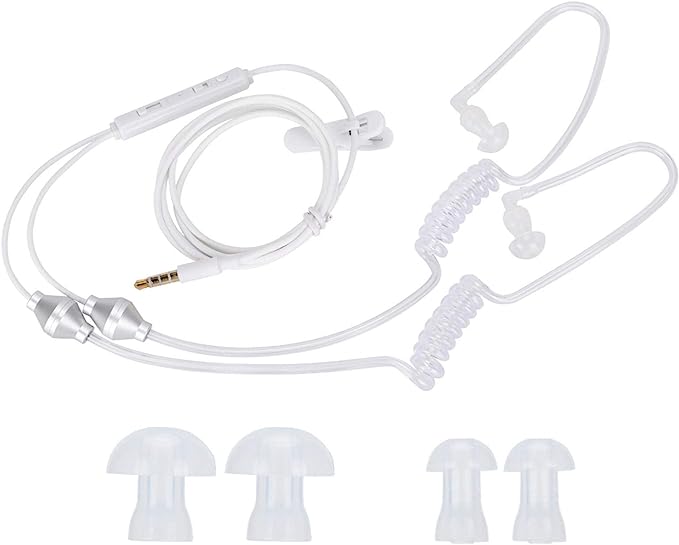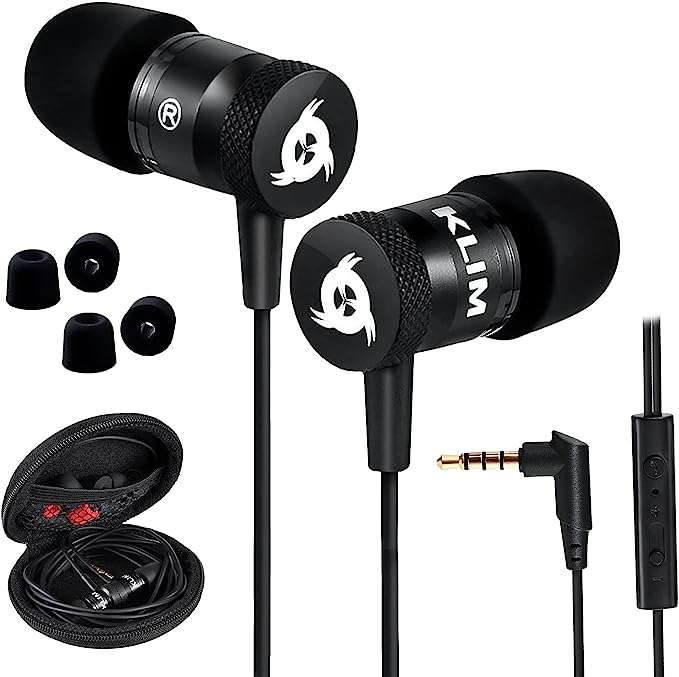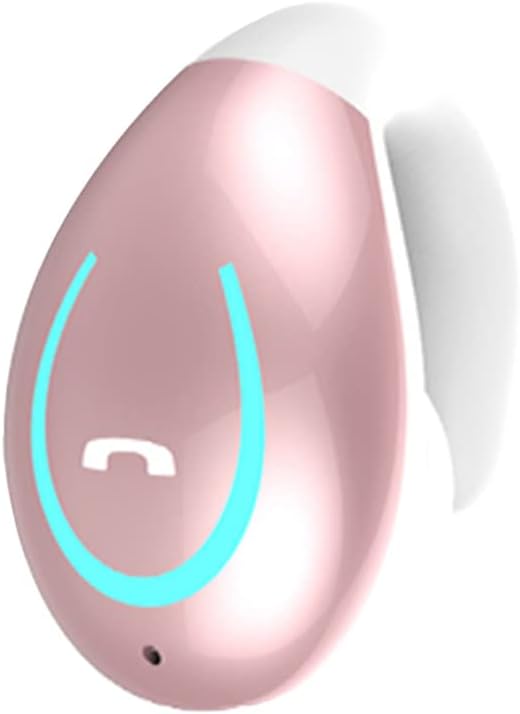Betron DC950 Wired Earbuds: Immersive Sound and Noise Isolation
Update on March 20, 2025, 6:28 a.m.
Imagine you’re on a bustling city bus, surrounded by the cacophony of traffic, conversations, and the ever-present hum of modern life. You crave a moment of escape, a sanctuary for your ears. You reach for your headphones, slip them in, and… the world transforms. The jarring noises fade, replaced by the clear, crisp notes of your favorite music. This isn’t magic; it’s the science of sound, and it’s beautifully illustrated by a seemingly simple device: the Betron DC950 wired earbuds.

The Whispers of Waves: Understanding Sound
Before we delve into the intricacies of the DC950, let’s take a step back and appreciate the fundamental nature of sound. Sound, in its essence, is a vibration. When an object vibrates – a guitar string, a vocal cord, a loudspeaker – it creates waves of pressure that travel through a medium, usually air. These waves are not visible like ocean waves, but they share a similar principle of energy transfer.
These pressure waves have two key characteristics: frequency and amplitude. Frequency, measured in Hertz (Hz), determines the pitch of the sound. A high-frequency wave, like the chirp of a bird, has many cycles per second. A low-frequency wave, like the rumble of thunder, has fewer. Amplitude, on the other hand, determines the loudness or intensity of the sound. It’s the “height” of the wave, and it’s measured in decibels (dB).
Your Ear: A Masterpiece of Engineering
Our ears are remarkable instruments, exquisitely designed to capture these vibrations and translate them into the rich tapestry of sound we experience. The process begins with the outer ear, which funnels sound waves into the ear canal. These waves then reach the eardrum, a thin membrane that vibrates in response.
These vibrations are amplified by three tiny bones in the middle ear – the malleus, incus, and stapes (also known as the hammer, anvil, and stirrup). Finally, the vibrations reach the cochlea, a fluid-filled, snail-shaped structure in the inner ear. Inside the cochlea are thousands of tiny hair cells that are sensitive to different frequencies. When these hair cells vibrate, they send electrical signals to the brain, which interprets them as sound.

Inside the Betron DC950: Deconstructing the Sound
The Betron DC950, like all headphones, is essentially a miniature version of this entire process, working in reverse. Instead of capturing sound, it creates it. Let’s explore the key components that make this possible.

The Magic of 11.5mm: Dynamic Drivers Explained
The heart of the DC950 is its 11.5mm dynamic driver. A dynamic driver is essentially a tiny loudspeaker. It consists of a diaphragm (a thin, flexible membrane), a voice coil (a coil of wire), and a magnet. When an electrical signal from your music player passes through the voice coil, it creates a magnetic field that interacts with the magnet. This interaction causes the diaphragm to vibrate, producing sound waves that correspond to the original audio signal. The larger 11.5mm size allows for greater air movement, contributing to a richer, more impactful bass response.
Metal Matters: Why Housing Design Affects Sound
The DC950’s housing isn’t just about aesthetics; it plays a crucial role in sound quality. The metal construction provides rigidity, minimizing unwanted resonances. Resonance occurs when an object vibrates at its natural frequency, and in headphones, this can lead to distortion and a muddying of the sound. Metal, being denser and more rigid than plastic, is less prone to these unwanted vibrations, resulting in a cleaner, more accurate sound reproduction.
The Golden Connection: Signal Integrity and You
The gold-plated 3.5mm jack on the DC950 isn’t just for show. Gold is an excellent conductor of electricity and is highly resistant to corrosion. This ensures a clean and reliable connection between the headphones and your audio source, minimizing signal loss and preserving the fidelity of the sound. A poor connection can introduce noise and distortion, degrading the listening experience.
The Spectrum of Sound: Frequency Response and What It Means
The Betron DC950 boasts a frequency response of 20Hz to 20kHz. This range represents the spectrum of human hearing, from the lowest rumble to the highest squeak. A wide frequency response is desirable, but it’s not the whole story. A flat frequency response, meaning the headphones reproduce all frequencies at roughly the same level, is generally considered ideal for accurate sound reproduction. While the DC950’s frequency response is wide, it’s important to note that it’s not perfectly flat. Like many headphones, it has a slightly boosted bass response, which many listeners find enjoyable, especially for genres like pop, hip-hop, and electronic music.

Taming the Noise: The Science of Passive Isolation
One of the key features of the DC950 is its passive noise isolation. Unlike active noise-canceling headphones, which use microphones and electronics to generate “anti-noise,” passive isolation relies on physical barriers to block out external sound.
Think of it like this: imagine you’re trying to hear a whisper in a crowded room. You might cup your hands around your ears to focus the sound and block out distractions. The DC950’s in-ear design and silicone eartips do something similar. By creating a seal within your ear canal, they significantly reduce the amount of ambient noise that reaches your eardrum. The effectiveness of passive isolation depends heavily on the fit of the eartips. The DC950 includes three sizes (small, medium, and large) to help you find the perfect seal.
Beyond the Specs: The Betron DC950 Experience
While the technical specifications provide a valuable insight into the DC950’s capabilities, they don’t fully capture the experience of using them. The combination of a comfortable fit, effective noise isolation, and a balanced sound signature (with that satisfying bass boost) makes the DC950 a compelling choice for everyday listening. The tangle-free cable and included carrying case add to the convenience, while the built-in microphone and volume control make it easy to take calls on the go.
Moreover, let’s not overlook a crucial element of audio enjoyment: the source material itself. The quality of the recording, the mastering process, and even the file format (e.g., MP3 vs. lossless formats like FLAC) all play a significant role in the final sound you hear. While the DC950s can’t magically transform a poorly recorded track into a masterpiece, they will faithfully reproduce the audio signal they receive, allowing you to appreciate the nuances of well-produced music.
Listening for Life: Protecting Your Hearing
Finally, a word about hearing health. While enjoying your music is important, protecting your hearing is paramount. Prolonged exposure to loud sounds can cause permanent hearing damage. It’s crucial to listen at moderate volume levels and take breaks to give your ears a rest. A good rule of thumb is the 60/60 rule: listen at no more than 60% of the maximum volume for no more than 60 minutes at a time.
The Betron DC950, with its effective noise isolation, can actually help you protect your hearing. By blocking out ambient noise, you can listen at lower volumes without sacrificing clarity. This is a significant advantage over open-back headphones, which require higher volumes to overcome external noise.
The DC950 wired earbuds are more than just a simple audio accessory. They represent a fascinating intersection of physics, engineering, and human perception. They offer a gateway to a world of immersive sound, allowing us to connect with music and escape the noise of everyday life, all while reminding us of the beautiful and complex science that makes it all possible.

